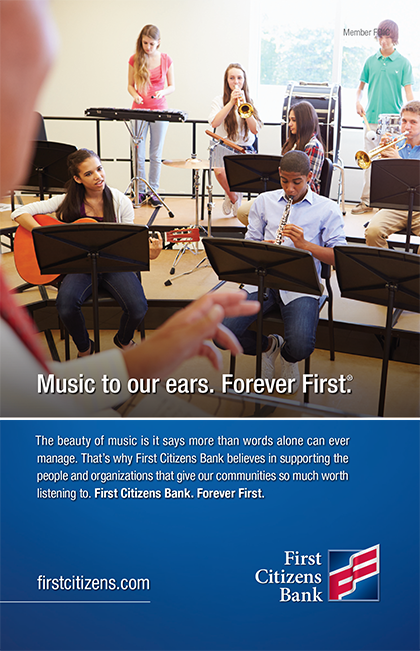Piano Concerto No. 3 in C Minor, Op. 37
Ludwig van Beethoven (1775-1827)
THE STORY
18th-century Western classical music had followed the tenets of the Enlightenment: undergirded by formula, symmetry, and rationale, music was meant to embody universal truths. Composers like Mozart and Haydn began to explore emotion and the drama of the human, but Beethoven pushed music over the edge. His Third Piano Concerto was one of the first works of this musical revolution that would influence nearly every aspect of music—including length, scope, subject matter, and technical demands on performers.
Piano Concerto No. 3 in C Minor was primarily composed in 1802, though fragments appeared years earlier. Beethoven was living in Vienna and had begun to gain a reputation for his fiery piano performances and as an up-and-coming compositional voice.
The concerto received its premiere in April of 1803 in Vienna on a concert that included the premieres of the Second Symphony and his oratorio Christ on the Mount of Olives. Beethoven, who played the solo piano part himself, worked frantically to prepare parts for the orchestra in time. The performance was under-prepared, with only one rehearsal dedicated to three long and difficult works; but the premiere put Beethoven in good spirits. It seems the composer knew what he had accomplished with this ground-breaking work.
THE STORY
- The spectacular range of the solo piano—recent technological advances had made the instrument louder and added notes in both the high and low registers
- The use of mutes on the strings that accompany the piano in the opening of the second movement, resulting in a soft, pillowy sound
- The rondo form of the third movement, with a theme introduced by the piano at the beginning that consistently returns as an anchor point for the music
INSTRUMENTATION
Solo piano; two flutes, two oboes, two clarinets, two bassoons, two horns, two trumpets, timpani, strings
